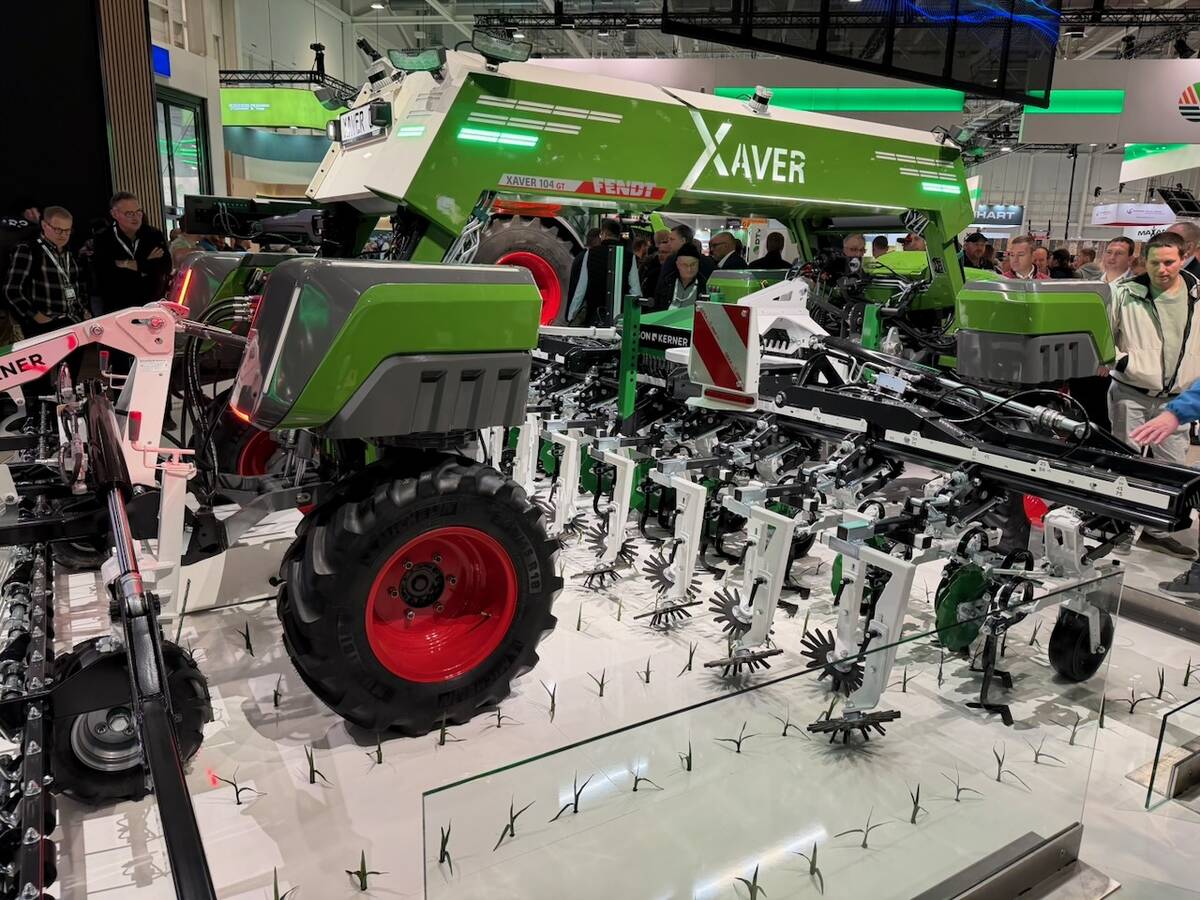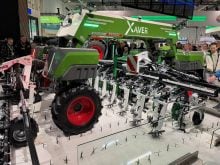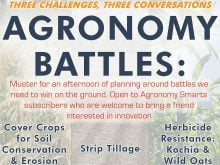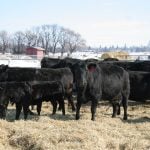What it takes to go organic
So you want to be an organic farmer?
You’ve heard about organic premium prices and niche market opportunities, and you are tired of paying those chemical and fertilizer companies more of your hard earned dollars. Or you have a piece of hay land that has been chemical and fertilizer free and you want to break it up and sow a crop of organic flax.
There are a few things you should know before you begin.
Access to the organic market usually requires certification by a respected certification organization. The term “organic” means producing, processing and preserving food and fibre without synthetic chemicals, fertilizers, growth regulators, and feed additives.
Read Also

VIDEO: Agritechnica Day 4: Robots and more robots, Nexat loves Canada and the trouble with tariffs
Agritechnica Day 4: Robots and more robots, Nexat loves Canada and the trouble with tariffs.
Organic farmers use mechanical, cultural, and biological pest control, as well as crop rotation, green manures and crop diversity to manage farm resources.
Certified Organic means production has followed a set of standards from a certification organization. Standards usually specify minimum chemical free periods (usually three years), and accepted production and processing methods. It also includes an independent third party inspection to ensure standards have been met.
In this process, a lot number is attached to organic produce as it leaves the farm, allowing for a product to be traced from the field to the consumer. Under proposed national standards, all organic farmers, through their certifying organizations, will have to meet a minimum set of standards.
Organizations and farmers may exceed national standards, but the intent is to ensure that Certified Organic is used only by producers and processors who follow the minimum Canadian standards.
If you want to sow an organic crop this year, you need to apply for certification now.
This means contacting a certification organization to make sure you meet their standards.
You must pay for a membership, pay for the costs of inspection, and in some cases you will have to pay a small user fee on every dollar of organic product you sell. This will vary with the organization.
If you are planning on certifying that newly broken hay land just for a few years so you can make a quick buck, be advised that most certification programs want you to have a plan for certifying the whole farm within a limited amount of time. If you can’t locate a certification organization, call your local government agricultural representative.
The marketing of organic products is time consuming and sometimes frustrating. It is a market focused on high quality, often leaving producers with lower qualities out of the market.
But in small markets, overproduction can occur quickly and easily. The organic industry does not have a lot of accurate information about historical or current prices, volumes, consumption and trends. This makes it difficult to forecast supply and demand. Premium prices may fall and you may have a bin full of something that will not sell.
So plan on growing many products. This will be good for the market and the soil too.
Organic farmers produce for a consumer who wants food without pesticide residues. There are also consumers who purchase organic food for environmental reasons.
There is some animosity between proponents of organic food and the conventional food industry. This, in my opinion, is due to a fear within the conventional food system that the promotion of organic food will leave consumers wary of non-organic food.
The organic system is much smaller and does not have the advantage of economies of scale that exist in the conventional food system.
Also organic yields in some crops can be significantly lower. The organic food system provides considerable environmental benefits in the form of reduced energy use and reduced pollution from pesticides.
Supporting any movement toward a more resource efficient sustainable agriculture is a good investment. Organic agriculture should be seen as a positive step towards sustainable agriculture.
Organic products usually cost more, but that is not without problems. Prairie organic agriculture is export dependent. Every year we produce a crop, we are exporting a lot of nutrients. In some cases, nutrient cycles are not well maintained.
Some organic farmers are not using enough livestock, crop rotation and soil improving crops to maintain and build soil quality.
But conventional agriculture has some serious long-term issues to deal with too, like increasing pesticide resistance, and limited energy and fertilizer supplies.
These are finite resources, and prices are relatively inexpensive now. As many conventional farmers know, the margins in crop production are thin or non-existent.
There are plenty of successful, productive organic farmers who are enjoying farming. And they have made achievements in non-chemical weed and insect control.
Don’t be scared away by folks who say you can’t farm organically. They likely haven’t left the comfort of a coffee row arm chair to visit an organic farm. And sure we all know a story or two about the organic farmer with more weeds than crop. It happens sometimes. But it also happens to conventional farmers who have paid well for herbicides.
If after you have read this and you are still interested in organic farming, great!
The market is well established and there are a lot of consumers willing to pay you well for quality organic products. But proceed with caution. Make sure you do your homework and start with only a portion of your farm. You will need time to successfully make a transition to organic production.














